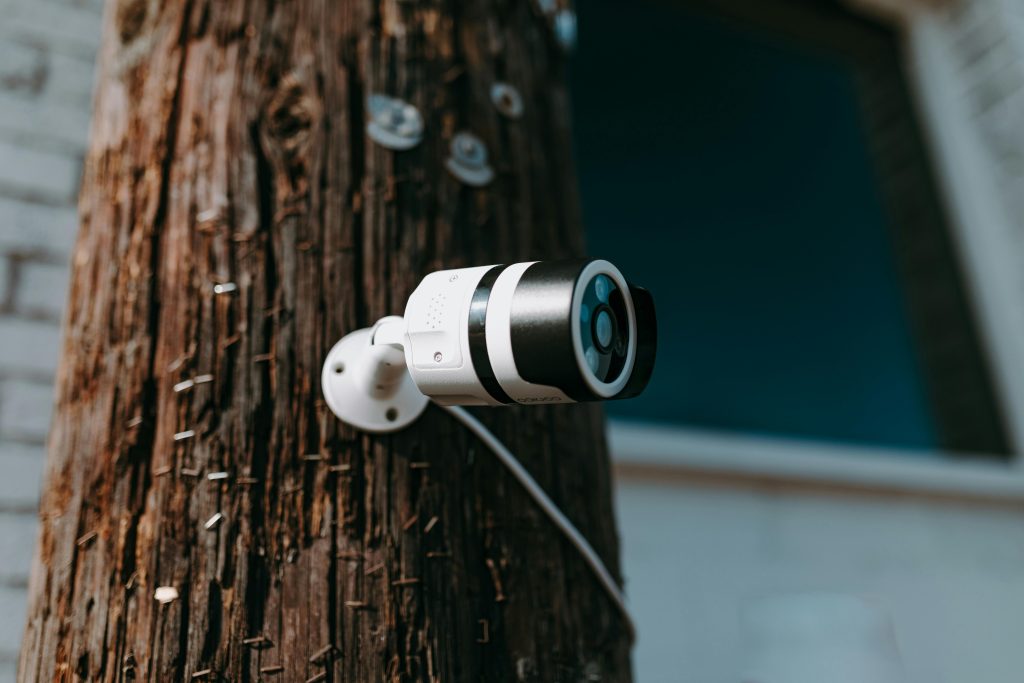Troubleshooting Disk Formatting Issues and Boot Code Deployment Failures on New NVMe SSDs
Introduction
Upgrading storage is a common way to enhance a laptop’s performance, but it can sometimes come with unexpected challenges. Recently, an owner of an MSI Thin GF63 (model GF6311263) encountered difficulties after installing a new Silicon Power NVMe M.2 SSD. Despite the system recognizing the disk, the drive displayed as “Disk 1” with zero storage capacity and refused to be formatted or written with boot code. This article explores potential causes of such issues and offers detailed troubleshooting steps to resolve them.
Understanding the Problem
The core issues faced included:
- The system detecting the new SSD but showing 0MB capacity.
- Inability to format the disk through BIOS, Diskpart, or third-party utilities like Macrium Reflect.
- Failure to write boot code onto the disk during clean operations.
These symptoms suggest underlying problems related to drive recognition, partitioning, or compatibility.
Possible Causes
-
Compatibility or Firmware Issues: The SSD model, although modern, may require firmware updates or may not be fully compatible with the motherboard’s BIOS.
-
Partitioning or Initialization Problems: The drive may be uninitialized or have existing low-level data preventing proper formatting.
-
Connection or Hardware Faults: The SSD or its connection to the motherboard might be defective or improperly seated.
-
Incorrect BIOS Settings: Secure Boot, Secure Boot, or Drive Mode settings (e.g., AHCI vs. RAID) may hinder proper drive recognition.
Step-by-Step Troubleshooting Guide
-
Verify Hardware Connection
-
Power off the laptop and disconnect from power.
- Open the laptop to access the SSD slot.
- Carefully remove and reseat the SSD, ensuring it is properly connected.
-
Confirm there are no visible damages to the SSD or the M.2 slot.
-
Update BIOS Firmware
-
Visit MSI’s official support website.
- Download and install the latest BIOS update available for the GF63 model.
-
Updating BIOS can resolve compatibility issues with newer storage devices.
-
Configure BIOS Settings
-
Enter BIOS during startup (commonly by pressing DEL or F2).
- Check that the drive mode is set to AHCI.
- Disable Secure Boot temporarily.
-
Save settings and restart.
-
Check Drive Detection in BIOS
-
Confirm the SSD appears correctly in BIOS with the proper capacity.
- If the disk shows
Share this content:



